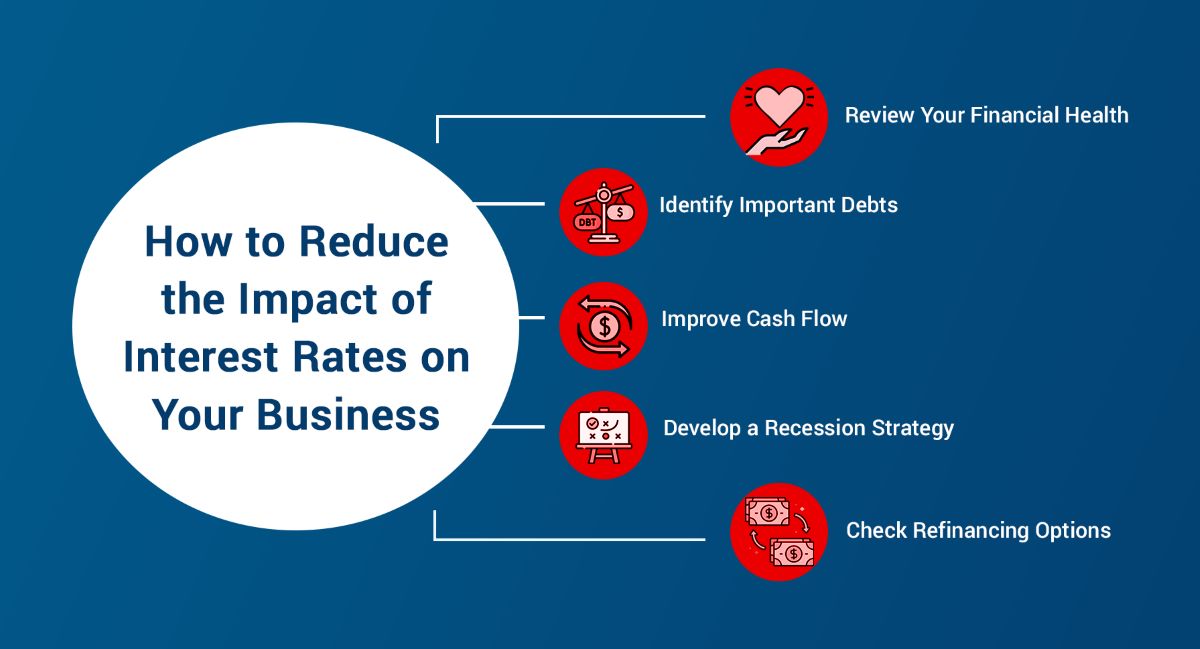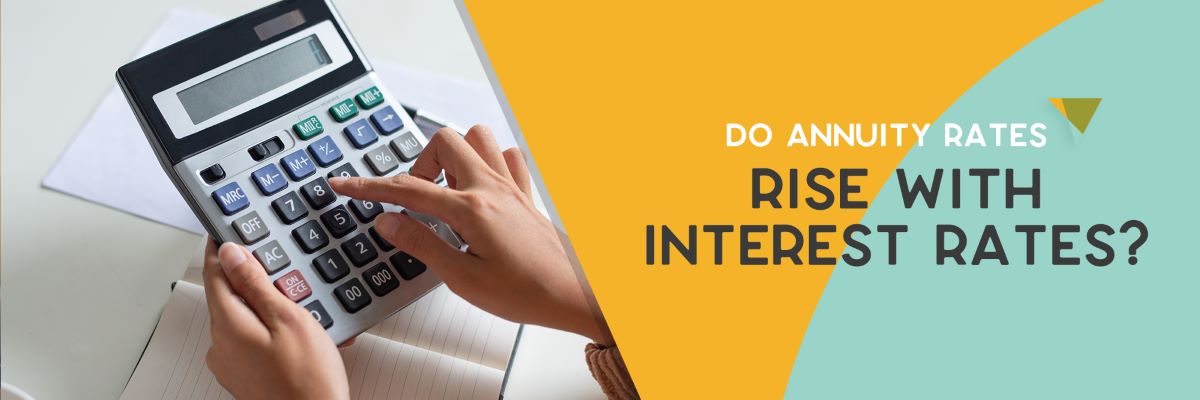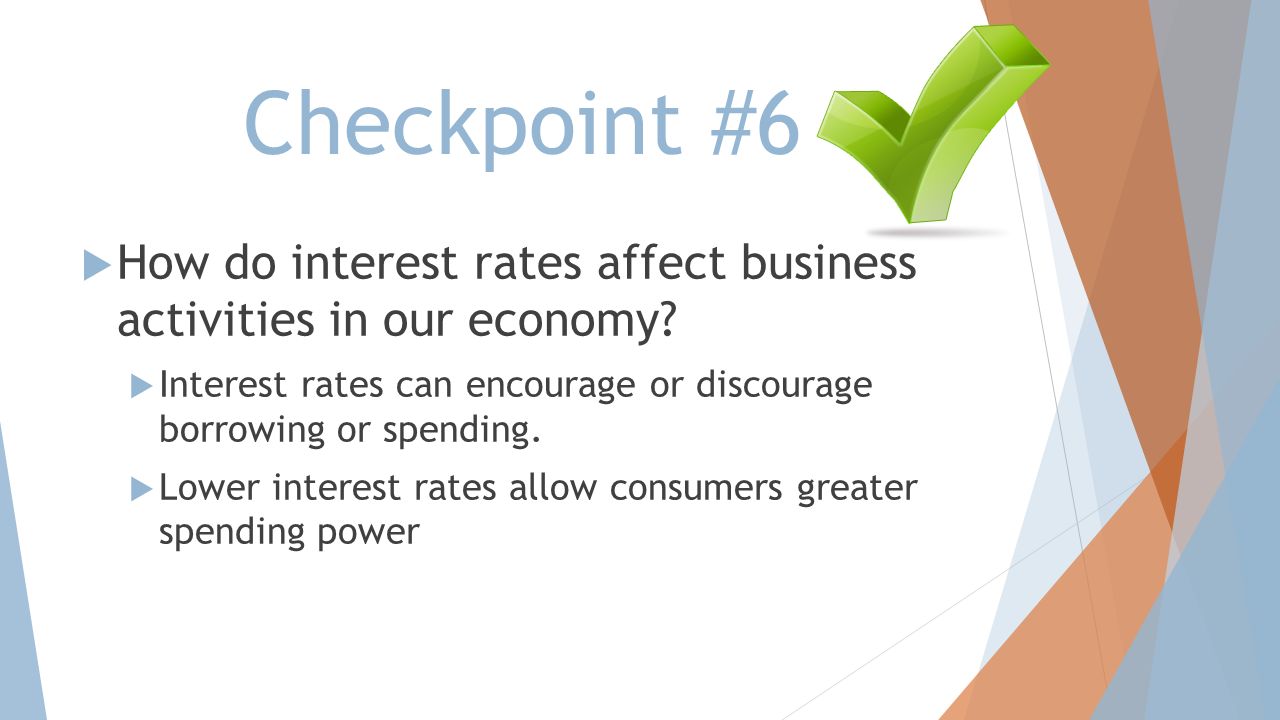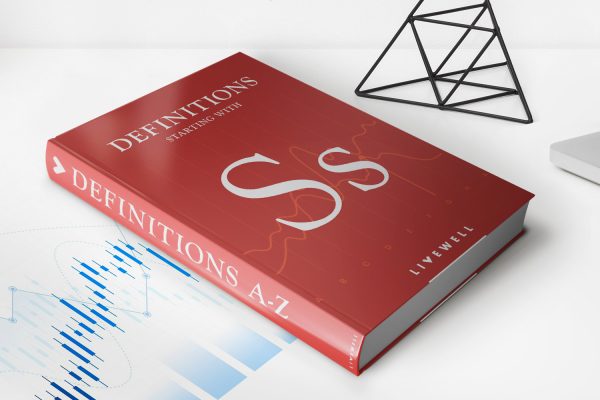

Finance
How Do Interest Rates Affect Rental Prices?
Published: November 2, 2023
Discover how fluctuations in interest rates can impact rental prices and explore the intricate relationship between finance and the real estate market.
(Many of the links in this article redirect to a specific reviewed product. Your purchase of these products through affiliate links helps to generate commission for LiveWell, at no extra cost. Learn more)
Table of Contents
Introduction
Interest rates play a crucial role in the world of finance, influencing a wide range of economic factors. One area where interest rates can have a significant impact is in the rental market. Understanding how interest rates affect rental prices is essential for both renters and landlords, as it can help them make informed decisions about their housing needs and investments.
Interest rates are the cost of borrowing money, and they fluctuate based on various factors such as inflation, the state of the economy, and central bank policies. When interest rates are low, borrowing becomes cheaper, making it more affordable for individuals and businesses to obtain loans. Conversely, when interest rates are high, borrowing becomes more expensive, as lenders charge higher interest to compensate for the increased risk.
The relationship between interest rates and rental prices is not always straightforward. While there is a connection between the two, it is influenced by several other factors that can either amplify or dampen the impact of interest rates on rental costs.
In this article, we will explore the relationship between interest rates and rental prices, examining how changes in interest rates can affect the affordability and availability of rental properties. We will also delve into the factors that can influence the impact of interest rates on rental prices. By understanding these dynamics, readers will gain insights into the rental market and make more informed decisions.
Understanding Interest Rates
Before delving into how interest rates affect rental prices, it’s important to have a clear understanding of what interest rates are and how they are determined.
Interest rates, in simple terms, are the cost of borrowing money. When you borrow money from a lender, such as a bank or financial institution, you are expected to pay back the principal amount you borrowed, along with an additional amount known as interest. Interest is the compensation that the lender receives for lending you the money, and it is usually expressed as a percentage.
Interest rates are influenced by various factors, including the inflation rate, the state of the economy, and central bank policies. Central banks, such as the Federal Reserve in the United States or the European Central Bank in the Eurozone, have the power to set interest rates or influence the direction of interest rates through their monetary policy decisions.
In times of economic growth, central banks may choose to increase interest rates to control inflation and prevent the economy from overheating. Conversely, during times of economic downturn or recession, central banks may lower interest rates to stimulate borrowing and spending, thus boosting economic activity.
Understanding these factors and how they impact interest rates is crucial because changes in interest rates can have far-reaching effects on various aspects of the economy, including the rental market.
In the next section, we will explore the relationship between interest rates and rental prices and how changes in interest rates can affect the affordability and availability of rental properties.
The Relationship Between Interest Rates and Rental Prices
Interest rates can have a significant impact on rental prices, although the relationship between the two is complex and influenced by various factors. Generally, changes in interest rates can indirectly affect rental prices through their impact on the housing market.
When interest rates are low, borrowing costs decrease, making it more affordable for individuals to purchase homes. This can lead to increased demand for homeownership and a decrease in the demand for rental properties. As a result, rental prices may experience downward pressure as the supply of available rental units exceeds the demand.
Conversely, when interest rates are high, borrowing costs increase, making it more challenging for individuals to obtain mortgages. This can decrease the demand for homeownership, leading to an increased demand for rental properties. As a result, rental prices may experience upward pressure as the demand for rental units exceeds the supply.
It’s important to note that the impact of interest rates on rental prices is not immediate or direct. Rental markets are influenced by various other factors, such as local economic conditions, population trends, and government policies, which can either amplify or dampen the effect of interest rates on rental prices.
Furthermore, interest rates can also influence property prices. When interest rates are low, it becomes more affordable for investors to finance the purchase of investment properties. This increased demand for investment properties can drive up property prices, which, in turn, can impact rental prices. Higher property prices may result in landlords charging higher rents to cover their mortgage payments and investment costs.
Overall, while there is a relationship between interest rates and rental prices, it is important to consider the broader economic and market conditions to fully understand the impact of interest rates on rental costs.
In the next sections, we will explore the specific impacts of low and high-interest rates on rental prices and discuss the factors that can influence the effect of interest rates on the rental market.
Impact of Low Interest Rates on Rental Prices
Low interest rates can have a notable impact on rental prices, albeit indirectly. When interest rates are low, borrowing costs decrease, making it more affordable for individuals to obtain mortgages and purchase homes. As a result, there is often an increase in the demand for homeownership, which can lead to a decrease in the demand for rental properties.
With more individuals able to afford homeownership, the rental market may experience a temporary decrease in demand. This can put downward pressure on rental prices as landlords may need to adjust their rates to attract tenants amidst increased competition. In some cases, landlords may even offer incentives, such as reduced rent or additional amenities, to entice potential renters.
Additionally, low interest rates can also incentivize investors to enter the real estate market. With lower borrowing costs, investors may find it more attractive to finance the purchase of investment properties. This increased investment activity can lead to an expansion in the supply of rental properties, further exerting downward pressure on rental prices.
However, it is crucial to recognize that the impact of low interest rates on rental prices may vary based on other market factors, such as local economic conditions and population trends. In areas where there is strong demand for rental properties, the decrease in rental demand due to low interest rates may be offset by other factors, resulting in minimal changes to rental prices.
It is also important to note that low interest rates can potentially drive up property prices. As more investors enter the market, competing for properties, it can contribute to bidding wars and higher property valuations. In such instances, landlords may adjust their rental prices to cover the increased costs associated with purchasing and maintaining the investment property.
Ultimately, the impact of low interest rates on rental prices will depend on the interplay of various factors such as housing demand, investor activity, and local market conditions. It is essential for renters and landlords alike to closely monitor these dynamics to make informed decisions about rental properties.
Impact of High Interest Rates on Rental Prices
High interest rates can have a significant impact on rental prices, albeit indirectly. When interest rates are high, borrowing costs increase, making it more challenging for individuals to obtain mortgages. This can lead to a decrease in the demand for homeownership and an increase in the demand for rental properties.
As the demand for rental properties rises, rental prices may experience upward pressure. Landlords may be able to charge higher rents to capitalize on the increased demand and potentially offset the higher borrowing costs they may be facing. In areas with limited rental supply, this increase in demand can lead to significant rent hikes.
Furthermore, high interest rates can deter individuals from entering the housing market and opting for homeownership. This can contribute to a prolonged period of increased rental demand, further driving up rental prices. The combination of higher borrowing costs and reduced homeownership options can create a strong rental market where landlords have a greater ability to set rental prices to their advantage.
However, it’s important to note that the impact of high interest rates on rental prices may vary based on other market conditions. In areas where there is already an oversupply of rental properties, the increase in demand may be absorbed without significant price increases. Additionally, local economic factors and population trends can influence the rental market dynamics and potentially mitigate the impact of high interest rates on rental prices.
Another consideration when examining the impact of high interest rates on rental prices is the potential effect on property values. As borrowing costs increase for investors, it may become less attractive for them to purchase additional rental properties. This decrease in investment activity can limit the growth in rental supply and potentially contribute to stability in rental prices.
In summary, high interest rates can lead to increased rental demand and potential upward pressure on rental prices. However, the actual impact on rental prices will depend on various market factors, including existing rental supply, local economic conditions, and investor activity.
Factors Influencing the Impact of Interest Rates on Rental Prices
The impact of interest rates on rental prices is not solely determined by the fluctuation of interest rates alone. Several other factors come into play, influencing how changes in interest rates affect rental costs. Understanding these factors is key to comprehending the dynamics of the rental market.
1. Local Economic Conditions
The state of the local economy plays a crucial role in determining how interest rates impact rental prices. Strong economic growth can drive up demand for rental properties, making rental prices less sensitive to changes in interest rates. Conversely, economic downturns and recessions may lead to reduced demand for both homeownership and rental properties, amplifying the impact of interest rate changes on rental prices.
2. Housing Demand and Supply
The balance between housing demand and supply in a particular area can significantly influence the impact of interest rates on rental prices. In regions where there is high housing demand and limited supply, rental prices may remain relatively stable or even increase despite changes in interest rates. Conversely, areas with an oversupply of rental properties may experience more substantial rental price fluctuations in response to interest rate changes.
3. Population Trends
The demographic trends of a population, such as population growth, migration patterns, and changes in household sizes, can have a significant impact on rental prices. Growing populations and increased household formations can drive up rental demand, mitigating the effects of interest rate changes. On the other hand, declining populations or shifts in housing preferences may lead to decreased rental demand, making rental prices more susceptible to interest rate fluctuations.
4. Government Policies and Regulations
Government policies and regulations can also influence how interest rates impact rental prices. Measures such as rent controls, tenant protection laws, and affordable housing initiatives can impact the rental market dynamics, potentially mitigating the effect of interest rate changes on rental prices. Additionally, government initiatives that promote homeownership may affect rental demand and indirectly influence rental prices.
5. Investor Activity
The level of investor activity in the rental market can shape the impact of interest rates on rental prices. When interest rates are low, investors may find it more appealing to purchase rental properties, increasing the supply of rental units and potentially stabilizing rental prices. Conversely, high interest rates may deter investors, constraining rental supply and potentially driving up rental prices.
Overall, while interest rates play a role in shaping rental prices, their impact is influenced by a myriad of factors. Local economic conditions, housing supply and demand, population trends, government policies, and investor activity all intersect to determine how interest rate changes translate into rental price fluctuations.
Conclusion
Interest rates have a notable impact on rental prices, although their influence is mediated by various factors. Understanding the relationship between interest rates and rental prices is crucial for both renters and landlords, as it helps inform decisions related to housing and investments in the rental market.
Low interest rates tend to reduce the cost of borrowing, making homeownership more affordable and potentially decreasing the demand for rental properties. Conversely, high interest rates can increase borrowing costs, making homeownership less accessible and potentially boosting the demand for rental properties. However, the impact of interest rates on rental prices is also influenced by local economic conditions, population trends, housing demand and supply, government policies, and investor activity.
While low interest rates may exert downward pressure on rental prices due to increased homeownership demand, other factors such as limited rental supply or strong rental demand in a specific area can counterbalance this effect. Likewise, although high interest rates may lead to higher rental demand, oversupply or weak economic conditions can mitigate their impact on rental prices.
It is crucial for individuals to closely monitor the interplay between interest rates, market conditions, and government policies to make informed decisions in the rental market. Renters should consider the long-term implications of renting versus homeownership, while landlords should assess the rental demand and adjust their pricing strategies accordingly.
In summary, while interest rates play a role in influencing rental prices, their impact is shaped by a range of factors. By understanding the relationship between interest rates and rental prices, individuals can navigate the rental market more effectively and make informed choices regarding their housing needs and investments.














